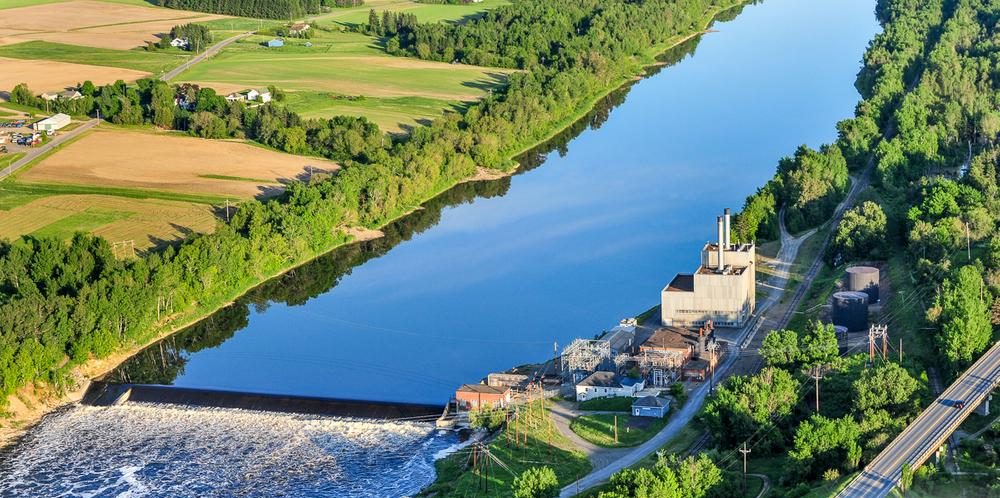Aroostook River

Nestled within the verdant landscapes of Maine and New Brunswick, the Aroostook River flows gracefully, weaving its way through centuries of history, tradition, and cultural significance. As a vital tributary of the Saint John River, the Aroostook holds a special place in the hearts and minds of residents and visitors alike, serving as a symbol of resilience, connection, and heritage. In this exploration, we delve deep into the cultural importance of the Aroostook River, uncovering the myriad ways in which it has shaped the identities and communities of the region.
Indigenous Roots: A Legacy of Stewardship and Tradition
For indigenous peoples such as the Maliseet, Mi’kmaq, and Aroostook Band of Micmacs, the Aroostook River holds profound cultural and spiritual significance. For generations, these communities have lived in harmony with the land and waters, relying on the river for sustenance, transportation, and cultural practices.
The Aroostook River basin is dotted with archaeological sites, burial grounds, and petroglyphs that bear testament to the enduring presence of indigenous peoples in the region. These sacred sites serve as reminders of the deep connection between the land, the river, and the indigenous cultures that have thrived along its banks for millennia.
Colonial Encounters: A Melting Pot of Cultures and Traditions
With the arrival of European settlers in the 17th and 18th centuries, the cultural landscape of the Aroostook River basin underwent profound transformations. French, British, and later American settlers established settlements along the river’s banks, bringing with them their own languages, customs, and traditions.
The Aroostook River became a melting pot of cultures and traditions, as indigenous peoples interacted with settlers through trade, intermarriage, and cultural exchange. This intermingling of cultures gave rise to a rich tapestry of traditions, folktales, and culinary delights that continue to shape the cultural identity of the region to this day.
Economic Lifeline: Navigating Trade and Commerce
Throughout history, the Aroostook River has served as a vital artery of commerce and trade, connecting communities and facilitating the exchange of goods and resources. From the fur trade of the colonial era to the lumber and agriculture industries of the 19th and 20th centuries, the river has been instrumental in driving economic development and prosperity in the region.
The bustling waterfronts of towns such as Presque Isle, Caribou, and Fort Fairfield bear witness to the river’s role as a hub of commerce and industry. Mills, factories, and warehouses once lined the riverbanks, processing timber, grain, and other commodities that were shipped downstream to markets near and far.
Recreational Haven: Nurturing Arts and Leisure
In addition to its economic and cultural significance, the Aroostook River holds a special place in the hearts of outdoor enthusiasts and recreationalists. The river’s tranquil waters and scenic landscapes provide the perfect backdrop for a variety of leisure activities, including fishing, boating, kayaking, and birdwatching.
Each year, thousands of visitors flock to the Aroostook River basin to experience the beauty and tranquility of its natural surroundings. The river serves as a playground for outdoor adventures, where families gather for picnics, artists find inspiration in its beauty, and anglers cast their lines in search of the perfect catch.
Conservation and Preservation: Protecting Our Cultural Heritage
As stewards of the Aroostook River, it is our collective responsibility to protect and preserve its cultural heritage for future generations. Organizations such as the Aroostook Historical Society, the Maine Historic Preservation Commission, and the New Brunswick Museum work tirelessly to document, interpret, and safeguard the cultural artifacts, landmarks, and traditions associated with the river.
Through educational programs, interpretive exhibits, and community outreach initiatives, these organizations seek to raise awareness about the cultural importance of the Aroostook and promote sustainable practices that ensure its preservation for years to come.
Conclusion:
In conclusion, the Aroostook River stands as a testament to the enduring legacy of human endeavor and cultural expression in the Northeastern United States and Eastern Canada. From its indigenous roots to its role as a nexus of trade, commerce, and recreation, the river has left an indelible mark on the landscapes and communities of Maine and New Brunswick.
As we continue to navigate the currents of change in the 21st century, it is imperative that we recognize and honor the cultural importance of the Aroostook. By celebrating its diverse heritage, promoting stewardship and conservation efforts, and fostering a spirit of collaboration and inclusivity, we can ensure that the river remains a source of inspiration, connection, and pride for generations to come.
Know More about the Aroostook River.
What are The Religious Places of the Aroostook River?
When Did The Aroostook River Basin Become a Focus?
Where is The Aroostook River Located?
Who Were The Key Historical Figures and Civilizations of The Aroostook River?
How to Reach Aroostook River?




